Looking Forward To Fall Fly Entomology
Now is the time to put the summer heat out of our minds, even if we are unable to put it out of our Texas reality. Apparently, this story on Rob Woodruff and his entomology class on the Guadalupe either fell out of publication here, or was not published after being pitched to the rags. I have slept once or twice since this was written, so there’s no telling why it doesn’t come up in the archives. It was written in late 2008.
For those of you who have considered taking your bug skills to the next level, I highly recommend Woodruff’s classes for their ease of learning, the hands-on experience and knowledge you can gain for (in Woodruff’s classes) the Lower Mountain Fork in Oklahoma, and the Guadalupe River in the Texas Hill Country.
There are two things about this story as presented here; 1 – it’s divided into two parts, and 2 – I am trying out the new magazine flip thing. The magazine flip may be small but, this may be a better way to view images at a more personal pace.
[book id=’1′ /]
ROB WOODRUFF ENTOMOLOGY CLASS GUADALUPE RIVER 2008
When you first meet Rob Woodruff, he strikes you as the guy who always sat at the front of your science class, was first to raise his hand, and had all the right answers.
Woodruff, is an Orvis endorsed guide whose specialty is entomology – bugs – and catching trout in Beavers Bend and the Texas Hill Country. He teaches two day (in 2008) seminars on recognizing, collecting and matching the diet of finicky trout to an accurate fly representation that, with luck, resides in your fly box.
Woodruff, who graduated from Texas A&M with a degree in entomology, has a wealth of knowledge that goes well beyond simply identifying bugs.
His audience is riveted to every word as Mr. Woodruff works the overhead projector, points to specific characteristics on insect illustrations and pours out facts in rapid-fire progression. His seminars are divided into two days, the first being a classroom day – with two illustrated booklets on Crustaceans and Aquatic Insects, and Terrestrial Insects. The second session is used to apply what is learned from the first day, and adding water. In this case the water is the Guadalupe River just below Canyon Lake Dam.
Woodruff’s goal is simple, and just what the assembled fly fishers were hoping to hear, “I always thought texts were either too simplistic, or too complex. I try to morph everything into fly science,” but he adds, “There’s still no substitute for proper (fly) presentation.”
The classroom day consists of practical information about particular insects, identification, collection methods, life cycle, and the ultimate payoff – what flies to use to try and fool more and better fish. To aid in the process, Mr. Woodruff also has an extensive collection of sample vials containing the preserved carcasses of everything from the smallest nymph to large examples of frightening looking, but apparently tasty Helgramites.
However, it really isn’t as simple as matching the dominant insects you see and identify at the particular location you are fishing that particular day. “If you can identify second or third tier insects it really starts to pay off. Trout get conditioned really fast to what catches them, and they don’t want to repeat that experience”, Woodruff said.
And, if you think about it for more than just a minute he’s right. If a fly fisher arrives at some unfamiliar location, one of the first things they do is check in at their nearest fly shop to see what’s “working”. It could be any thing from a size 26 nymph to a size 12 Golden Stone Fly with a virtually unlimited number of variations in between. “Chances are the most popular flies have been seen by the fish”, and they are already wise to the fly or had a real bad experience when they tried to eat something that looked a lot like your fly that just drifted by their snouts. He gives a fly fisher the knowledge that can lead to the next level of success, by suggesting variations of tried and true flies when conditions warrant a change in fly fishing strategy.
– Part 2 on Friday –
Category: Event Podcasting, Events, On The Road, Science and Environmental, Technique, Writing







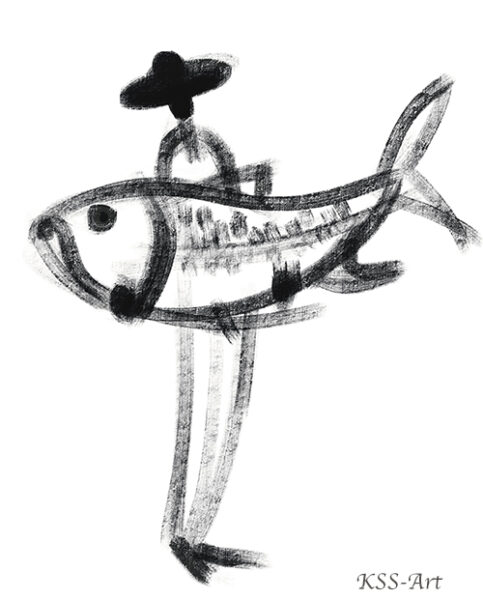
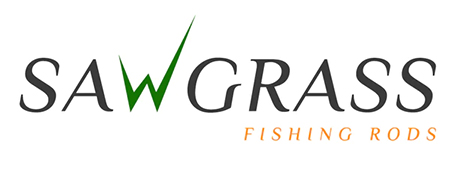

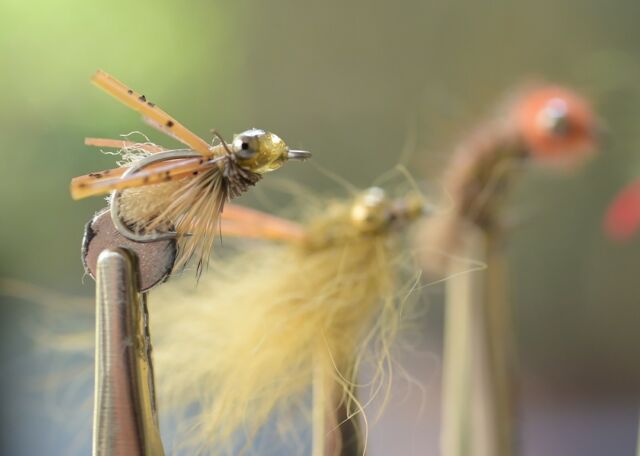
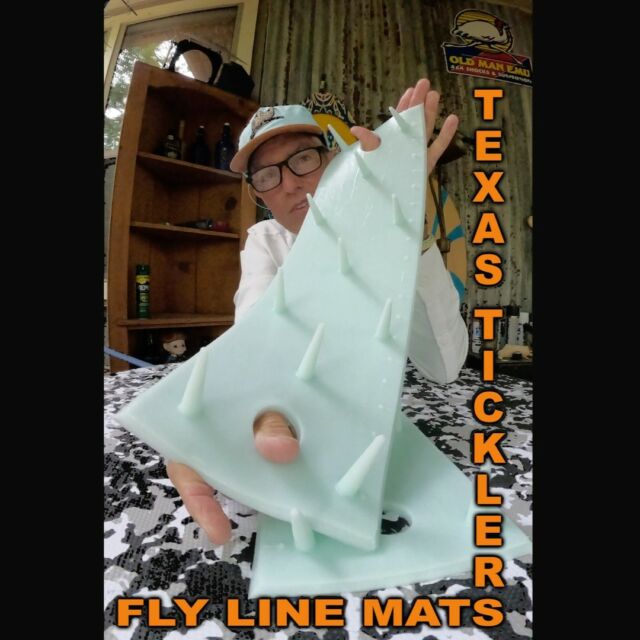
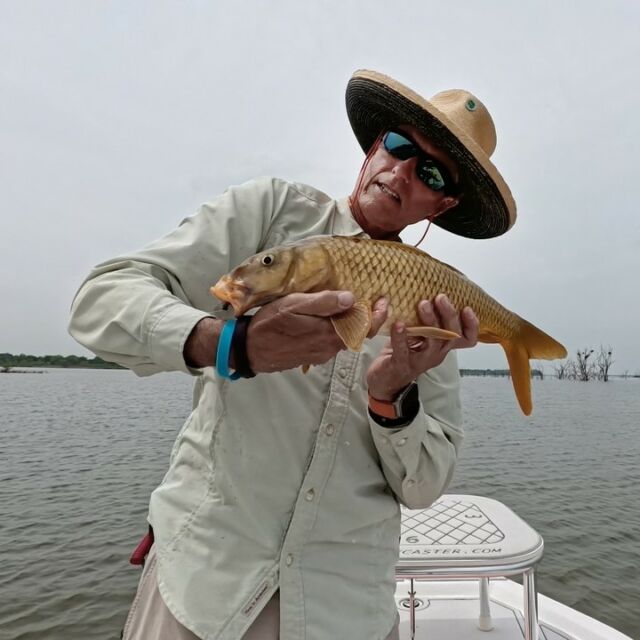
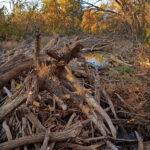
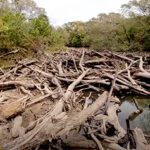

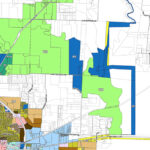
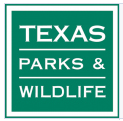
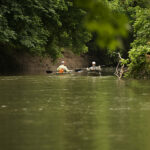
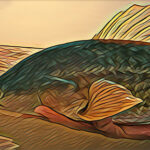
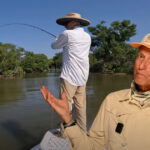
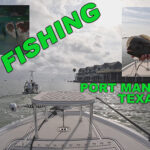
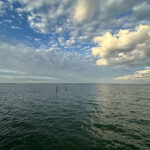
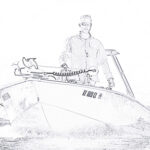
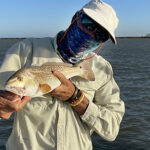
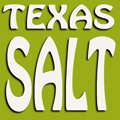
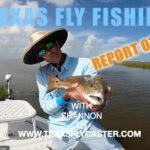
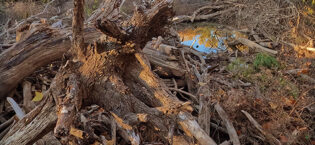
It looks like the book software applies its own color profiles – horrible color!